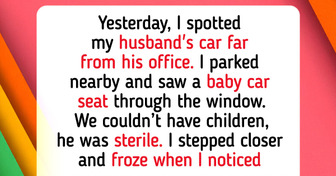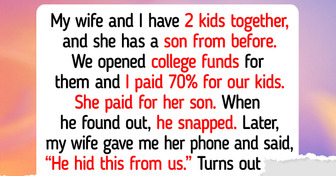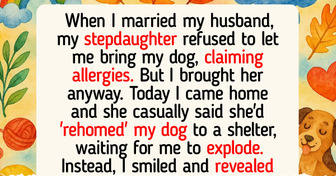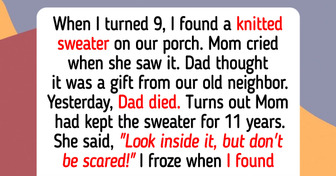20+ Moments That Remind Us That Kindness Costs Nothing but Means Everything

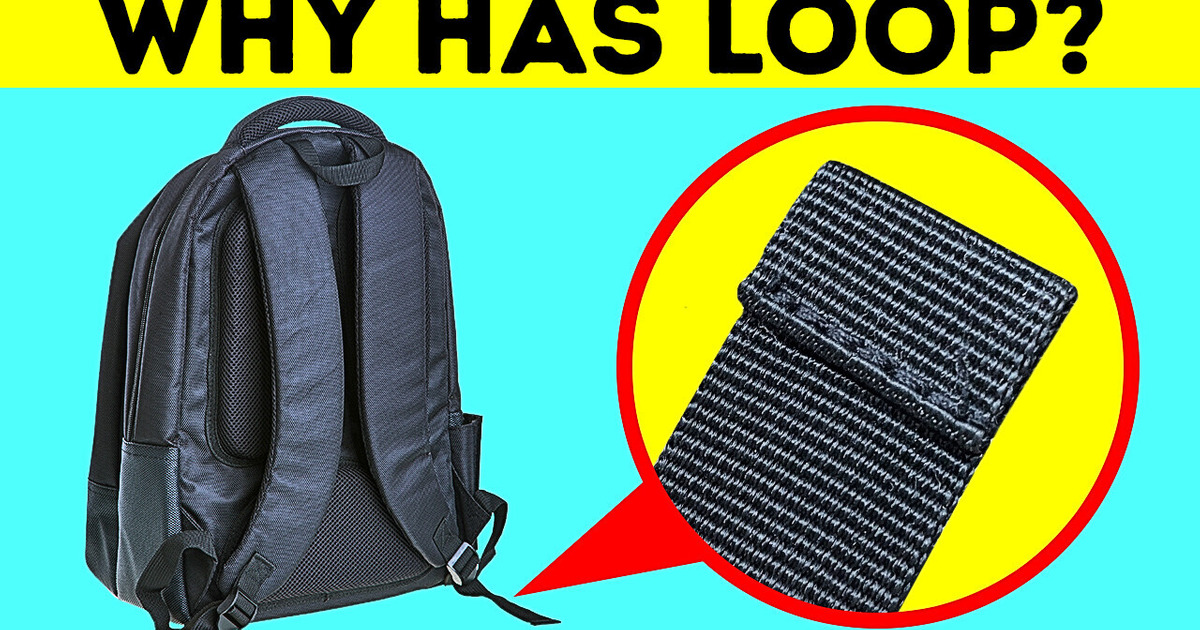
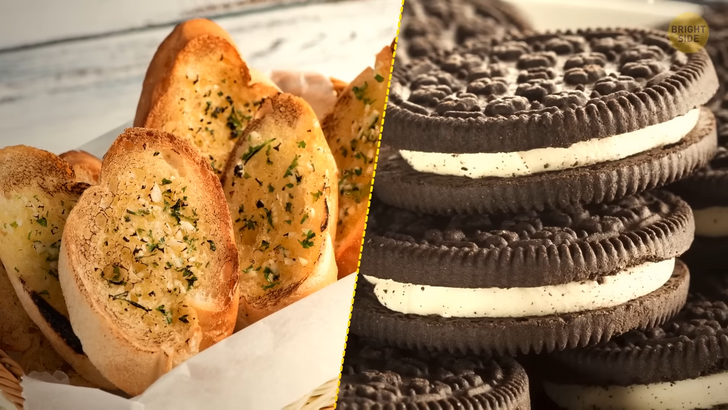
Well, the thing is, cookies are sugary bread. The sugar and salt in them soak up the moisture from the atmosphere, so they get soft. Baguettes don’t have much salt and sugar, so they don’t attract water and just dry out.
Super Glue sticks everything to everything. But how come it doesn’t get stuck to the tube? Turns out that the glue needs some compound with hydrogen to polymerize.
In the tube, there’s just oxygen and no water. But outside, there’s plenty of moisture. Also, this explains why this stuff always sticks so well to your fingers — they’re warm and perfectly moist.
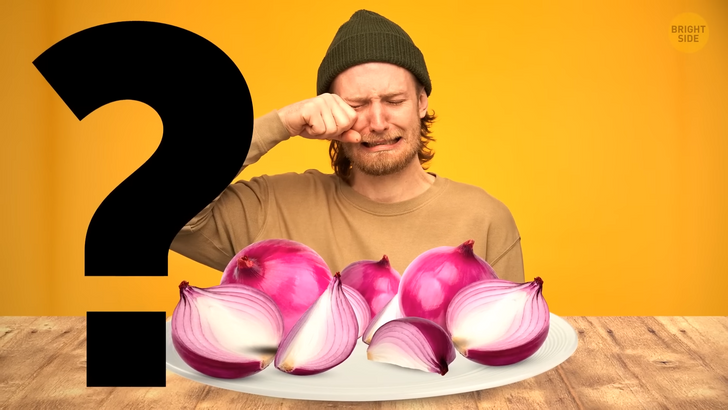
I’m sure you cried at least once when cutting an onion. Why does it happen? So, onions and garlic contain amino acids, and one of the compounds gets decomposed when being sliced. It turns into an irritator when it comes in contact with water — in particular, your eyes.
Your eyes release tears to wash the irritant away, so that’s why you cry. There are a couple of tricks that can prevent it. When cutting an onion, try keeping a sugar cube between your teeth — it’ll absorb the irritant. Another life hack is to hold a small piece of bread between your lips; it can help you, too.
Why do you see things when rubbing your eyes? These colors and shapes are called “phosphenes.” The reason why you see them is that when rubbing, you increase the pressure in your eyeballs and activate the neurons of the retina that process visual information. Once they’re activated, your brain interprets it as seeing something.
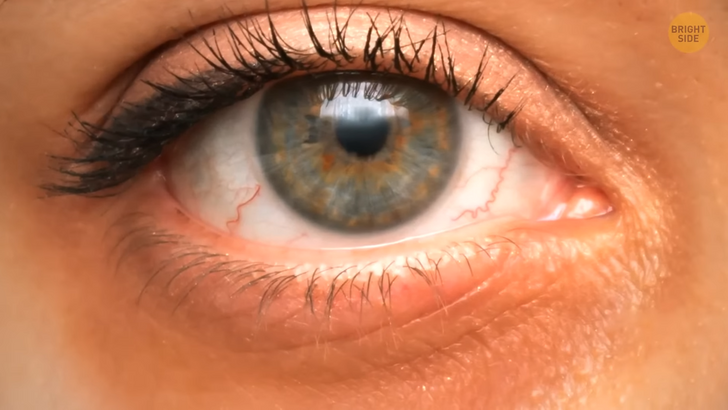
When you don’t get enough sleep or are just too tired, you get those dark circles around your eyes. Wanna know why? The skin under the eyes is very thin, so blood vessels are very close to the surface there, and you can see any difference easily.
If you have lack of sleep, your skin gets paler, and the blood vessels are even more visible. So you can see those “dark circles” showing through the skin. Also, with age, the skin naturally gets thinner, so that’s why older people tend to have dark circles. But if you’re young, just try to get more sleep.
Let’s pay a bit of attention to backpacks; they have a few interesting features. First, some of them have sternum straps, and they are quite helpful. They allow you to redistribute the weight of the backpack a bit, lifting some of it from your shoulders — not much, but just enough to make your backpack lighter and easier to carry. And, of course, the sternum straps prevent the shoulder straps from sliding off.
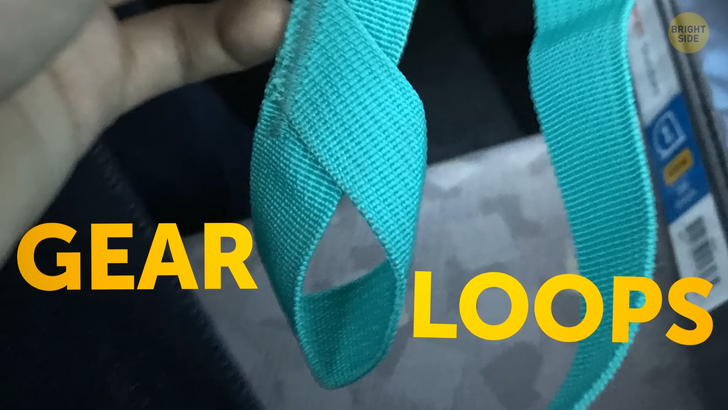
Okay, the next thing is gear loops — and probably, from the name of it, you already have an idea of what you need them for. You can strap in some useful gear you need with you, like trekking poles or shovels. Some gear will need to be secured — to do it, drop the handle through the loop and rotate it upward. Then, secure it with the elastic hook at the top, and you’re golden. And yes, all backpacks have loops.
Actually, I never thought of their purpose until today. Some people say that if you slide your thumbs through them, it makes the backpack sit tighter on your back, making it more comfortable. Other people just rest their hands there. But the reason why they’re there is probably to prevent the ends from sliding back from the buckles. That would be quite a headache to slide them back in all the time, right?
Okay, let’s look into some other ordinary stuff we’ve never paid attention to. Let’s take, for example, jeans. They have those metal rivets. It turns out they have been there as long as jeans exist. Jacob Davis, the man who made the first pair of jeans, added copper rivets to places where pants were more likely to rip to make them stronger. So, it was a crucial detail to keep jeans together. Today, they have more of a decorative purpose because they are distinctive and traditional for jeans.
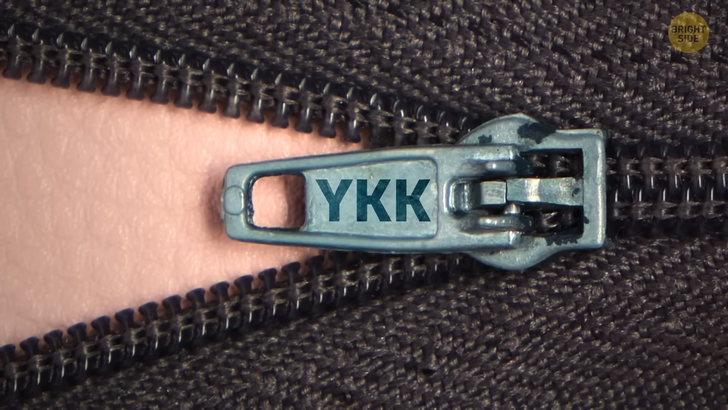
Also, many zippers have the letters YKK engraved on them. Those are the initial letters of Yoshida Kogyo Kabushikigaisha. It’s the name of a Japanese company that can be translated as “Yoshida Manufacturing Shareholding Company.”
It’s the largest zipper manufacturer in the world. So, all zippers produced by them are marked with these letters. It’s estimated that the company produces half of all zippers in the world. That’s why you see their zippers more often than any others.
Have you noticed that canned and bottled soda seem to taste different? You’re not wrong, that’s actually true, and there’s even science behind it. Chemists say that aluminum cans have a polymer layer that absorbs some of the soda’s taste. So, cans indeed change the taste.
Chemicals in a plastic bottle can add some acetaldehyde — a byproduct that gets formed while plastic is melted — to the drink. So, they also change the taste a bit. You never really drink the original drink. If you want to try the real thing, buy sodas in glass bottles — when soda is stored this way, its taste is the most similar to the original one.
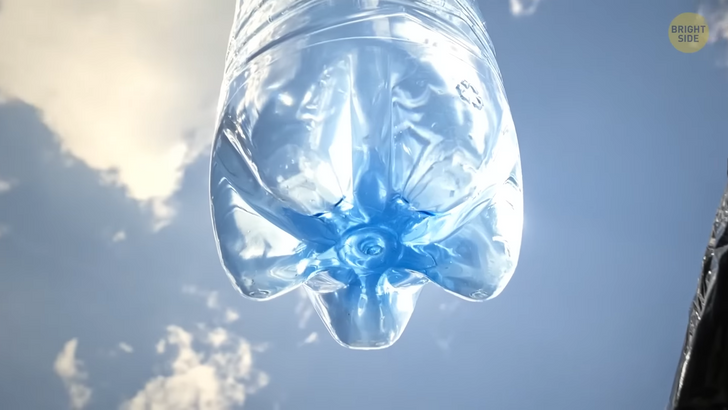
Plastic bottles with soft drinks have five bumps on the bottom. And water and juice plastic bottles have almost flat bottoms, except for a little kink. It’s not random. A plastic bottle is made by putting a plastic tube into a mold and blowing some air inside to make it expand until it takes the needed shape.
The problem is that at the bottom, the bottle will always have an outward kink that will make the bottle unstable. To avoid it, some air is also pushed inward from the bottom, creating that small punt at the base of it. Flat bottle bottoms are common because they need less plastic to be made. But soft drinks and sparkling water need special treatment.
These liquids have internal pressure that can push the plastic outward, messing up with the punt and the stable form of a bottle. So, soda bottles have a curved shape because, this way, they’re more pressure-resistant. Compare folding a regular piece of paper to folding a paper tube. The latter will have more resistance. In the same way, curved plastic is more resistant to any pressure.
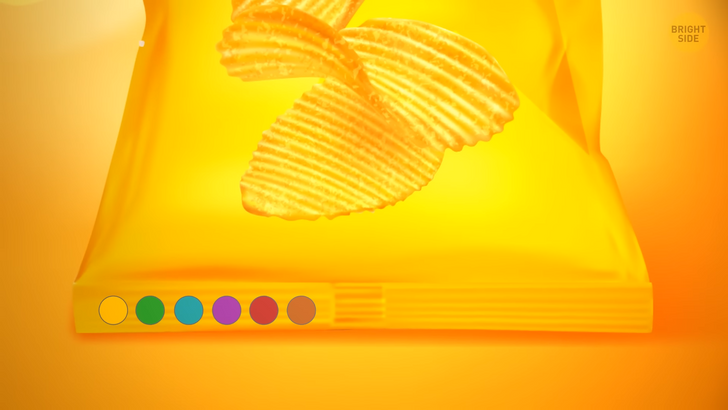
Take a closer look at your bag of chips — you can probably find these little colored circles. They are made by the manufacturer to test the print that is used on the package. They’re called color control patches. The circles are not the same palette as the final package. They are layered on top of each other to achieve the final color of the bag. So, why do manufacturers need them again?
Imagine that something is off, and the printing machine prints a bunch of wrong packages — that’s a lot of wasted money. So, these control patches are there to make sure that the final print is going to be correct. If they’re off, the manufacturer will know that the whole package is going to be off, too. These patches allow the printers to find a surplus or deficiency of color and solve the issue. But don’t worry if you don’t find these circles — they probably just got cut off.
Take a good look at a milk jug. There’s often an inverted circle on one of the sides. This dimple is there to make the jug more resistant and to prevent it from rupturing if the jug falls on the floor. The dimple gives some more space for the liquid to expand. Also, as the expiration date approaches, the microbes in the milk start to expel some gases. As more and more of them get trapped inside, the pressure in the jug rises. The dimple accommodates the expansion and prevents the jug from bursting.

